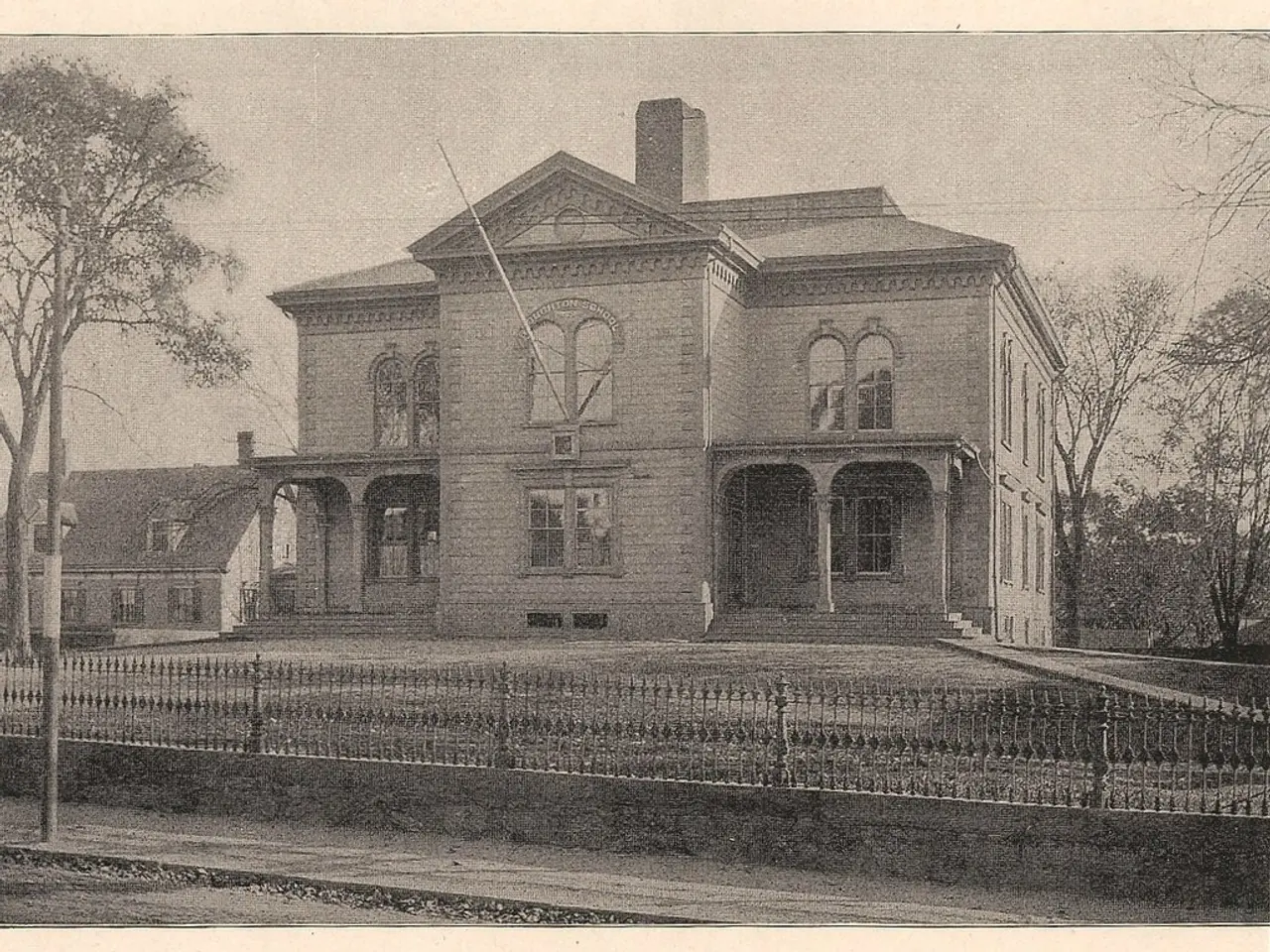Neighbor erects 2000 stakes along the fence; time for another smart trick in response.
Living Willow Fences: A Sustainable and Aesthetic Fencing Solution
Living willow fences are becoming an increasingly popular choice for property owners seeking a natural, durable, and functional fencing option. These fences, which grow and intertwine over time, offer a range of benefits that make them an attractive alternative to traditional fencing materials.
After four years, a living willow fence can reach a height of almost two and a half meters, forming a dense green wall. The willow plant, known for its fast growth, is an ideal choice for this purpose. The cuttings used for the fence are collected from rivers, about the thickness of a finger, and sixty centimeters long.
Living willow fences provide privacy, rustic aesthetics, and environmental benefits. They create wildlife habitats and windbreaks, making them a sustainable choice for those concerned about the environment. In addition, they require no painting and are resistant to rot.
However, like any living organism, a living willow fence requires maintenance. Regular trimming or pruning is necessary to maintain the shape and prevent overgrowth. Occasional cleaning or removal of dead branches is also required. During the first few years, it's essential to monitor the plant health closely. Basic watering during dry periods is necessary until the willows are well established.
compared to woven willow screening products, a living willow fence develops strength naturally as it grows and intertwines. This type of fence is wind-resistant, as willows sway and absorb wind forces without damage, adding to its durability in windy areas.
Care for a living willow fence includes watering in drought in the first two years, formative pruning in spring, light pruning in summer, and sanitation in autumn. Galina Petrova, a resident, regularly pinches the tops of her willow fence and shapes it with secateurs annually. The key is not to let a living willow fence grow unchecked.
Willow prefers moist places and often grows along rivers and bodies of water. Despite the challenges such as attracting mice and the tops being broken by strong winds, the willow plant recovers quickly and produces denser shoots after pruning.
In gardening, willow is frequently used for bank stabilization and living fence creation due to its rapid adaptation and growth. The survival rate of the planted willow cuttings is approximately 80%. Despite these challenges, the benefits of a living willow fence, such as its aesthetic appeal, durability, and functionality, make it a low-to-moderate maintenance, sustainable, and aesthetically pleasing option for property fencing.
Maintaining a living willow fence involves regular watering during dry periods, formative pruning in spring, light pruning in summer, and sanitation in autumn. A living willow fence, compared to home-and-garden products like woven willow screening, develops strength naturally and is wind-resistant, making it a suitable choice for the lifestyle and home-and-garden sections.




